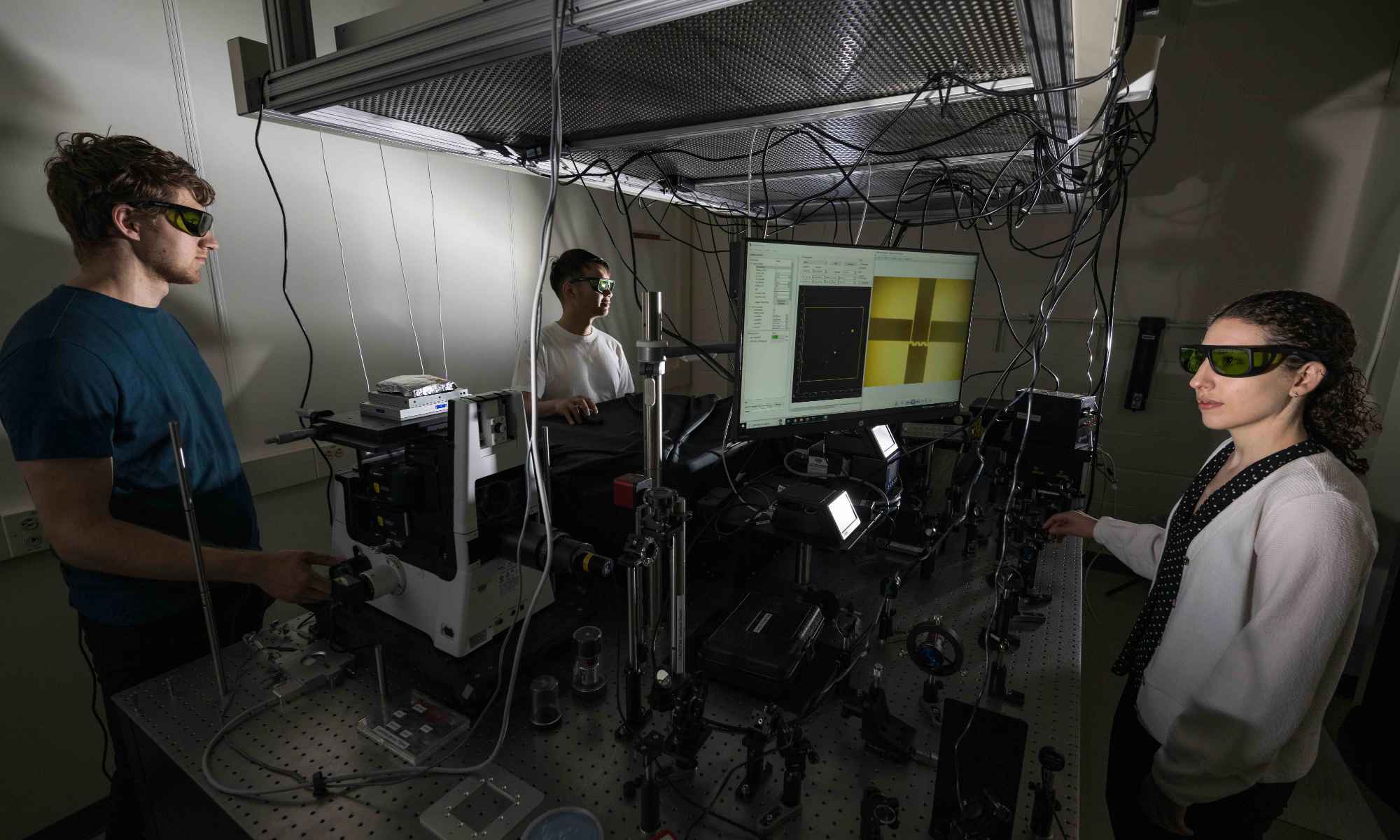“With a good conscience our only sure reward, with history the final judge of our deeds, let us go forth to lead the land we love, asking His blessing and His help, but knowing that here on Earth God’s work must truly be our own.” —John F. Kennedy
Fusion is the energy of nature, powering the stars and making it possible for life to exist on Earth. Why, then, has achieving fusion power eluded researchers for decades?
“All the stars, including the sun, are powered by fusion. We are here because of fusion. But fusion is really hard to create,” says E. Michael Campbell, director of the University of Rochester’s Laboratory for Laser Energetics (LLE). As part of the Jesse L. Rosenberger Seminar Series, Campbell will present a lecture on October 11 discussing the challenges involved in creating fusion, why it’s the ultimate clean energy source, and the LLE’s important role in energy research.
The title of Campbell’s lecture, “On Earth, God’s Work Must Truly Be Our Own: The Pursuit of Fusion,” stems from a John F. Kennedy quote and “puts into perspective how hard fusion is,” Campbell says. “We have enough fusion fuel in the earth to power us as long as the earth is here. Fusion is how nature makes energy and we’re now trying to do that work here in a lab.”
With the critical need for long-term energy solutions, the LLE is a leader in direct-drive laser fusion research, collaborating with fusion laboratories across the globe.
What is fusion and why is it so difficult to create?
“Fusion and its counterpart, fission, are two extremes,” Campbell says. Nuclear fission is taking a “big, heavy atom like uranium” and shooting a neutron into it. The neutron does not have an electric charge, so it can easily penetrate the positively charged nucleus of the atom. The extra neutron makes the atom unstable to the point where it splits apart and releases energy. Fusion, on the other hand, involves bringing together atoms of lighter elements, like hydrogen. Since the nucleus of each atom is positively charged, there is a natural force that repels the atoms and keeps them from getting close enough to “fuse.” The fusion process, therefore, must use extreme temperatures and pressures to overcome the forces that naturally want to repel the atoms, and instead push their nuclei together, releasing energy.
Fusion and fission were both discovered in the late 1930s. Scientists shot neutrons into uranium and several years later built fission-powered nuclear reactors for the Manhattan Project. Ten years after that, the first commercial nuclear power plants were in operation. Fusion energy—still theoretical today—was discovered by looking at data in an effort to explain how stars like our sun have lasted for so long.
Fusion offers a cleaner and safer energy solution than coal, natural gas, or nuclear power, which are the primary energy sources in the United States, Campbell says. Because fusion requires such extreme conditions, “if something goes wrong, then it stops. No heat lingers after the fact.” With fission, uranium is split apart, so the atoms are radioactive and generate heat, even when the fission ends. Despite its many benefits, however, fusion power is an arduous source to achieve.
“The sun can do fusion because it’s so massive,” Campbell says. “We’re trying to make fusion happen with lasers, and we have to create and control matter at 100 million degrees.” Researchers at the LLE and other laboratories make fusion all of the time but do this with far more energy than is released by the fusion process. “The next major goal is to produce more fusion energy than what we use to make it.”
Even beyond producing viable fusion energy, one of the biggest challenges is to make it economically attractive. “Fusion will be a complicated technology, so how can we make it so consumers pay a reasonable cost for fusion power?”
Nobody can make any specific promises about when fusion will be available as a power source, Campbell says, but he does think net-positive energy production by fusion will be achieved in his lifetime. “Right now we’re still trying to make it work. There’s a good chance I will see that in my lifetime, but I’m sure not going to see a fusion power plant.” That said, “once we do it, it will be the ultimate energy source. There will never be an energy crisis again.”




